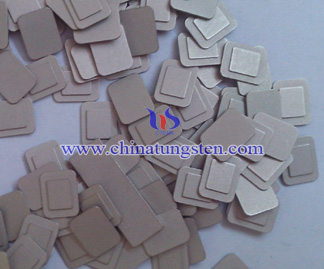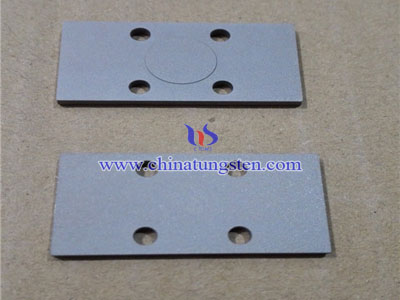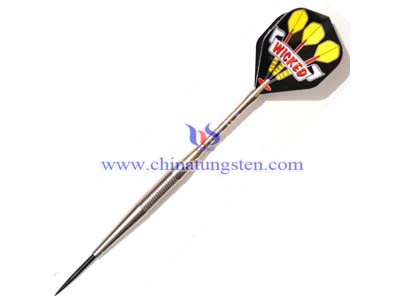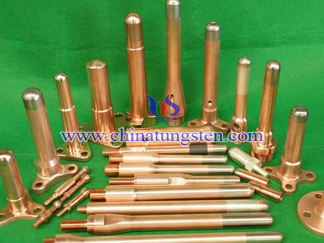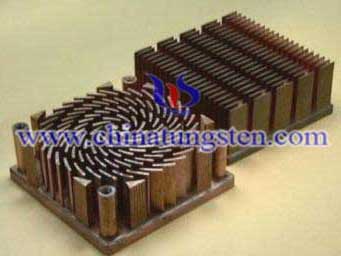Copper Molybdenum Heat Sink Properties

Copper molybdenum heat sink is a composite made from Mo and Cu, Similar to W-Cu, CTE of Mo-Cu can also be tailored by adjusting the composition. But Mo Cu is much lighter than W-Cu, so that it is more suitable for aeronautic and astronautic applications.
Molybdenum copper has property of high electrical and thermal conductivity. Molybdenum is a better element for electricity conductivity except for gold, silver and copper in the metals. Therefore, molybdenum-copper alloy composed by molybdenum and copper have very high electrical and thermal conductivity. PA&E offers engineers the option of using integrated molybdenum copper heat sink and now, for applications where weight is a primary consideration, the company is offering an aluminum silicon carbide heat sink option.
Advantages: High thermal conductivity due to no sintering additives was used;
Excellent hermeticity;
Relatively small density
Stampable sheets available (Mo content not more than 75wt%)
Semi-finished or finished (Ni/Au plated) parts available
AlSiC, Copper Molybdenum, and Copper Tungsten are considered good thermal management materials since their thermal conductivity values are high and the thermal expansion values of these materials are matched well with common Integrated Circuit (hereafter IC) materials and other materials that are used in electronic assemblies.
Traditional CPU heat sink designs usually feature a metal heat sink and a fan working in concert to siphon off the heat generated by computer parts. However, that design creates a 'boundary layer' of air, retaining the heat that the fan is supposed to disperse. The power necessary to drive the fan, as well as the fan's proximity to the boundary layer, makes that design inefficient. The Sandia Cooler eliminates the fan, replacing it with a finned heat sink that can disperse the boundary layer far more efficiently since the two are in closer contact.

